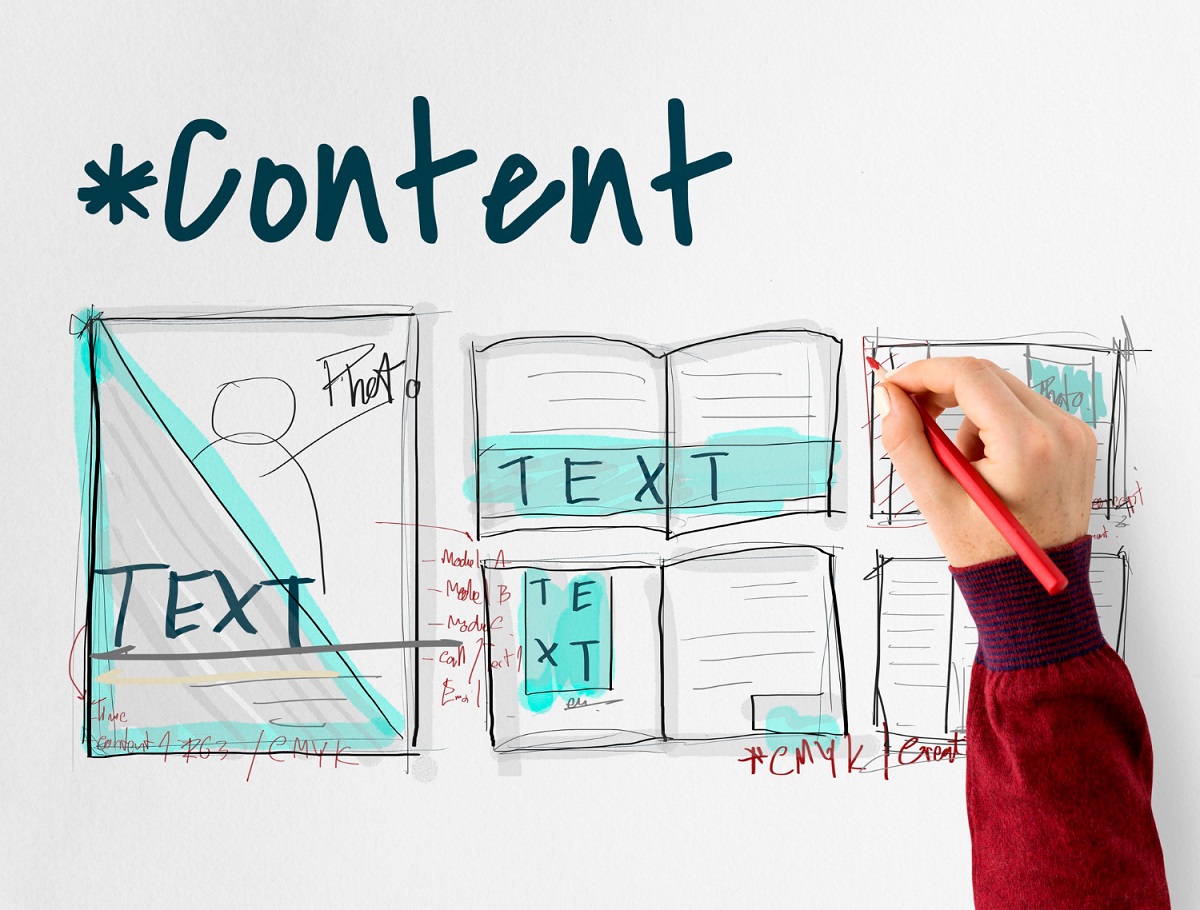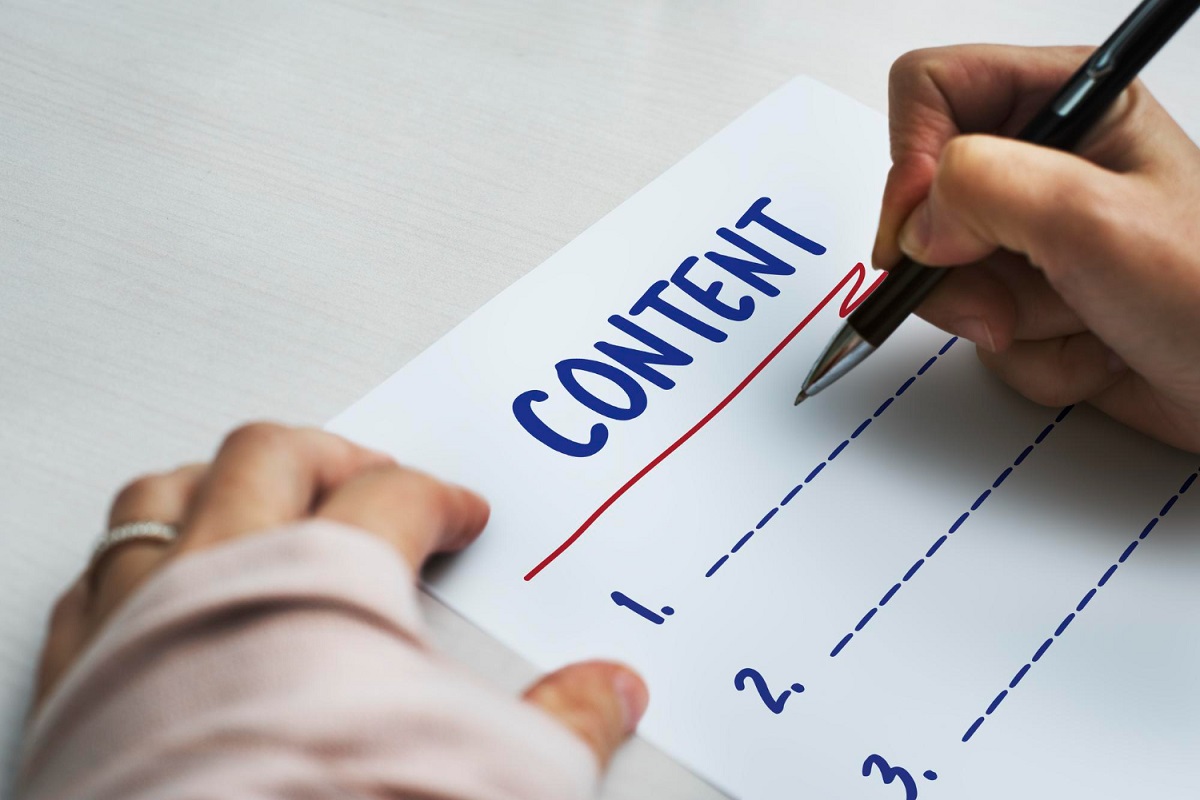
Content analysis on Instagram: what it is and how it is done

Content analysis on Instagram is an important part of the marketing strategy for many companies and bloggers. This method allows you to evaluate the effectiveness of content, understand the interests of the audience and improve interaction with it. In this article, we will consider how to properly conduct content analysis on Instagram, what techniques to use, what to pay attention to in statistics and how to apply the obtained data.
How to conduct content analysis on Instagram?

Step 1: Defining the goals of the analysis
The first step is to decide why you need to conduct content analysis at all, what goals you are pursuing and what result you need. This could be an increase in the number of subscribers, improved interaction with the audience, increased engagement or something else. A clearly defined goal will help you focus on the necessary aspects of the analysis and not waste time on unnecessary details.
Step 2: Selecting tools for analysis
To conduct content analysis, you can use both built-in Instagram tools and third-party services. If you are just starting the analysis, we recommend starting with the built-in tools. They provide basic statistics that include views, likes, comments, and saves on your posts. Additionally, built-in tools allow you to see user activity and how they react to your posts.
However, if you need more data, you can use third-party services such as Iconosquare, Socialbakers, Sprout Social, and others. These services offer advanced features such as competitor analysis, hashtag monitoring, audience segmentation, and more. They can also provide data on your audience’s geographic location, demographics, and more.
Step 3: Content Analysis
Once you have collected all the data you need, it’s time to analyze your content. There are a few things you need to consider first:
- Topics of posts: The diversity of topics discussed is assessed. Monotony of topics can reduce the interest of the public.
- Post formats: You need to check which formats are best received by your audience. These can be photos, videos, stories, or IGTV.
- Hashtags: Analyze the use of hashtags, their frequency and effectiveness. Hashtags help attract new audiences and increase the reach of publications.
- Geodata: It is worth noting the locations where users actively interact with your content. This will help you better understand your target audience and tailor content to specific regions.
- Comments: It is necessary to look at how many comments your publications receive. Activity in comments indicates the audience’s interest in your content.
- Saves of publications: The number of saves indicates the usefulness and interest of your content for users.
- Likes and reposts: These metrics demonstrate the level of audience engagement. More likes and reposts mean greater interest in your content.
- Engagement rate: Determined by the ratio of the total number of actions (likes, comments, saves) to the number of subscribers. A high level of engagement indicates the high quality of your content.
Step 4: Segment your audience
Segment your audience by various parameters. This will allow you to create more targeted content that will best meet the needs and preferences of different user groups.

Life hacks for conducting content analysis
- Using analytics services: There are many free and paid services, such as Popsters, Picalytics, Feedspy, that allow you to analyze the content of not only your account, but also your competitors' accounts.
- Creating a comparison table: Create a table that reflects the performance indicators of each type of content (photos, videos, stories). This will help you quickly identify which types of content work best for your audience.
- Modeling the success of competitors: Analyze the accounts of other popular bloggers or companies in your niche. This will help you get inspired and find new ideas for your content.
How to use the information you receive
- Developing a content plan: Choose topics that are most popular and schedule posts based on audience activity;
- Selecting hashtags: This will help increase reach and attract new subscribers;
- Answering questions and comments: This will not only increase their loyalty, but also provide additional information about what your audience cares about;
- Launching advertising: If you have an advertising budget, use the data you receive to target your ads;
- Partnerships with influencers: This could be mutual PR, joint contests or promotions.

Conclusion
Content analysis on Instagram is a powerful tool for improving your business or blog. Using various methods and services, you can get a detailed picture of what your audience likes and how you can improve your content. The main thing is not to forget to regularly analyze the content and the results it has brought.




